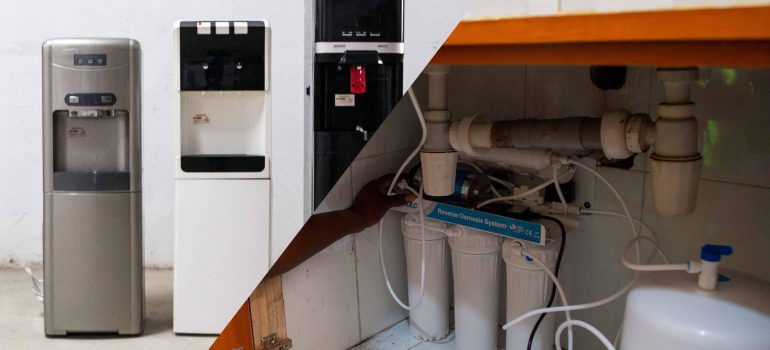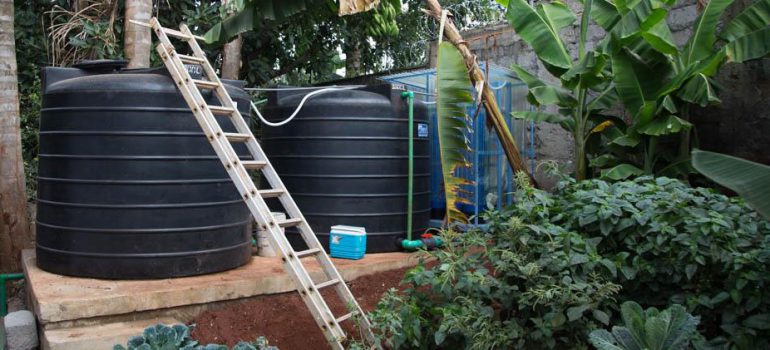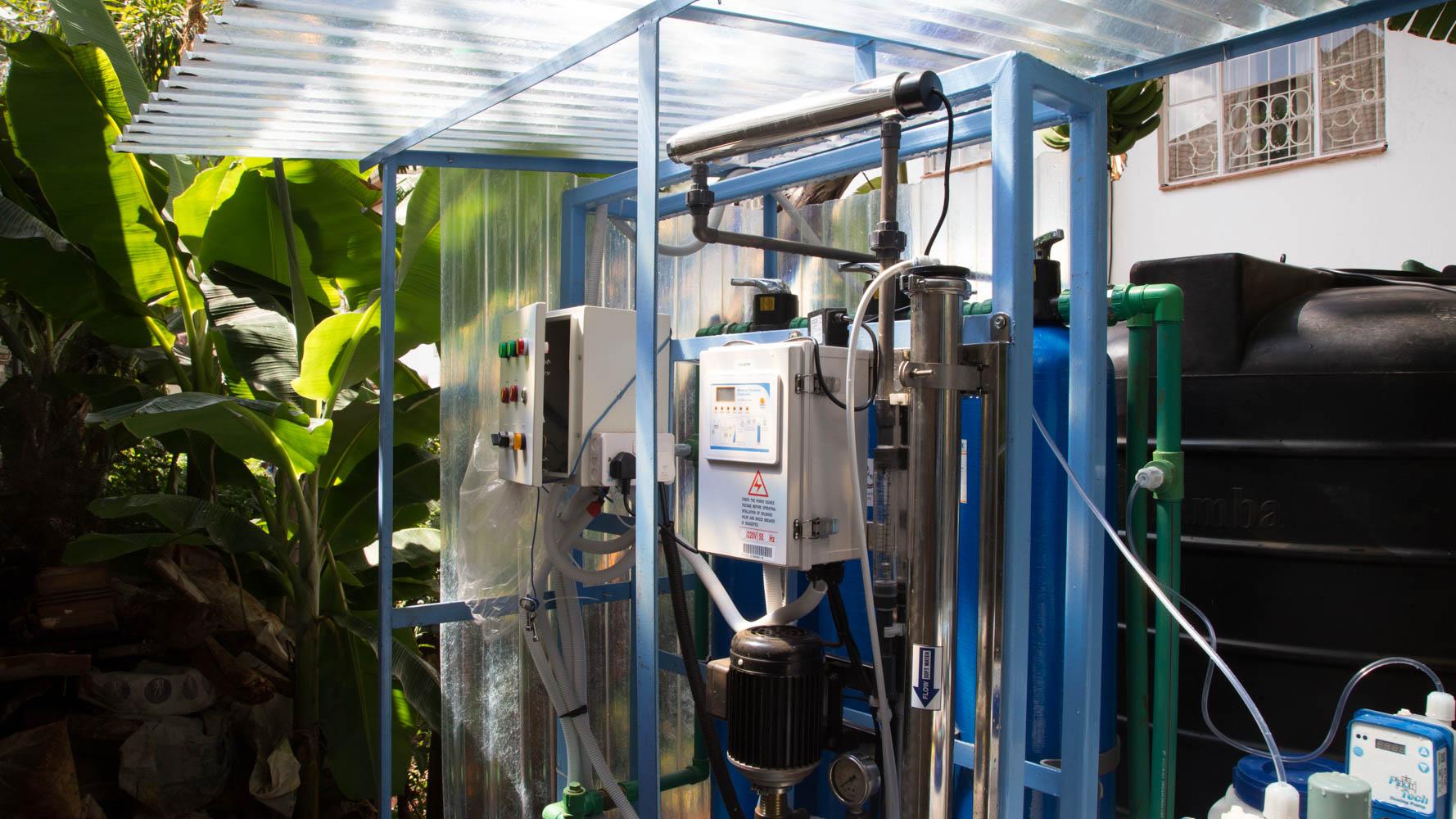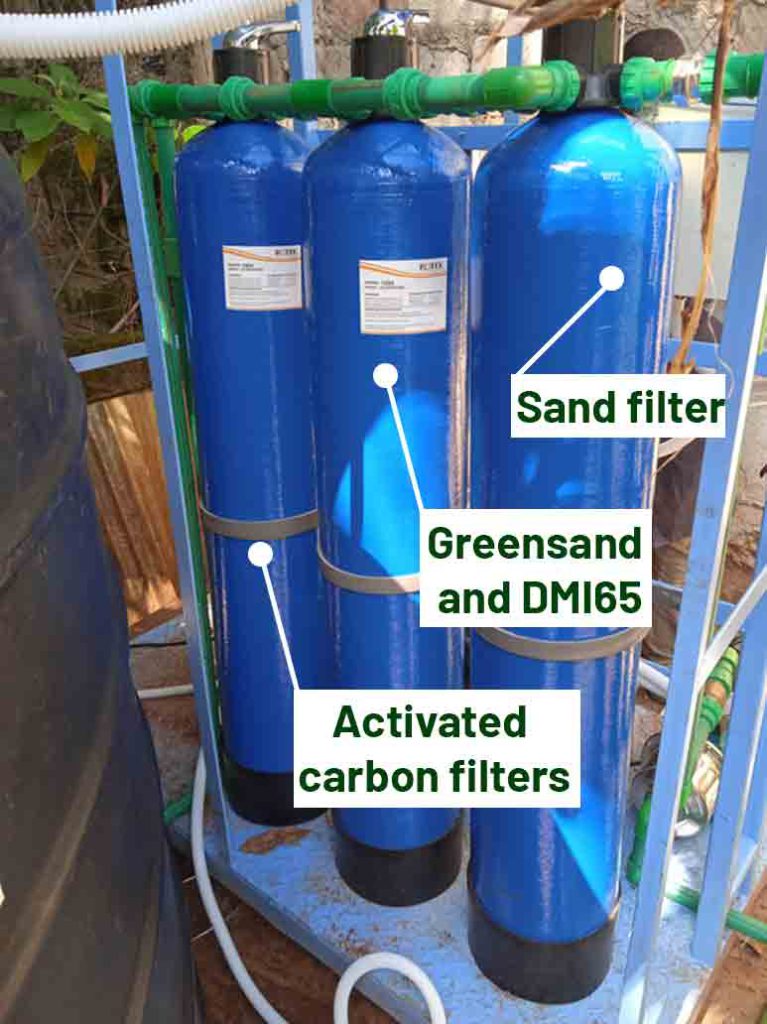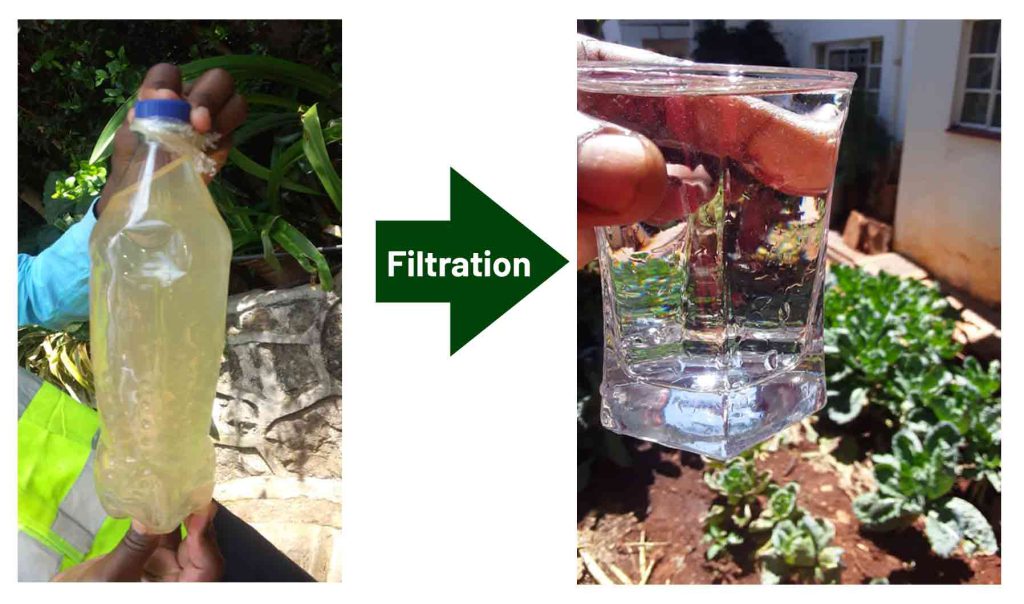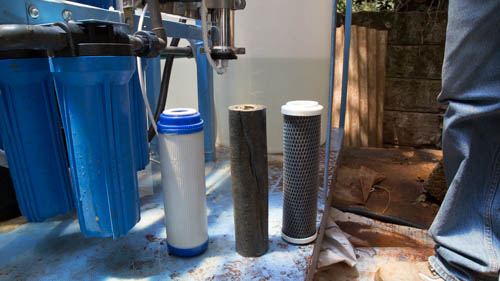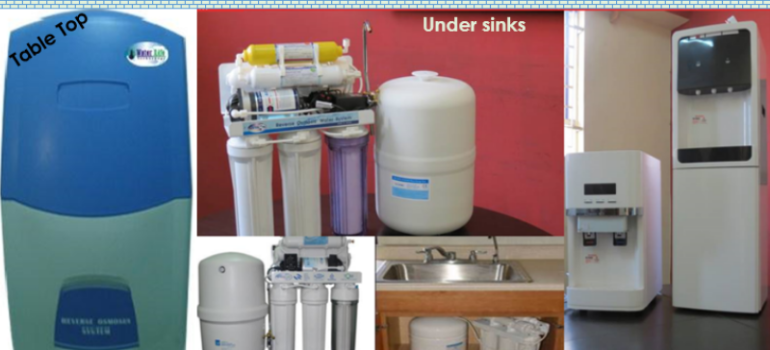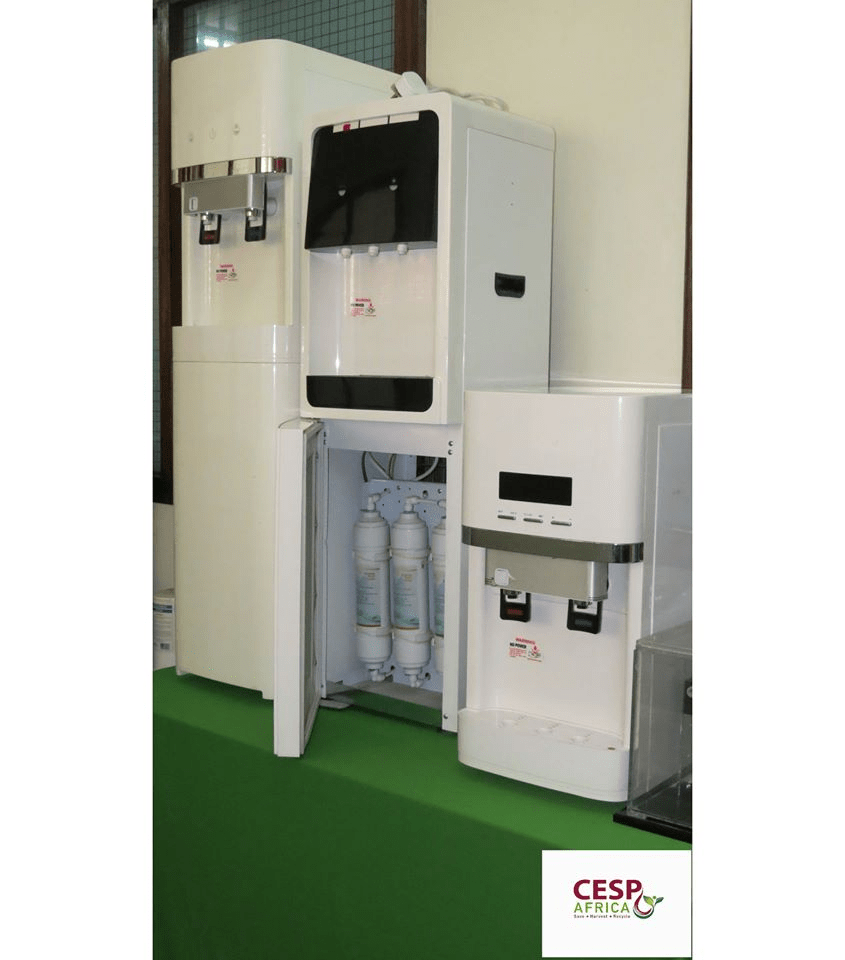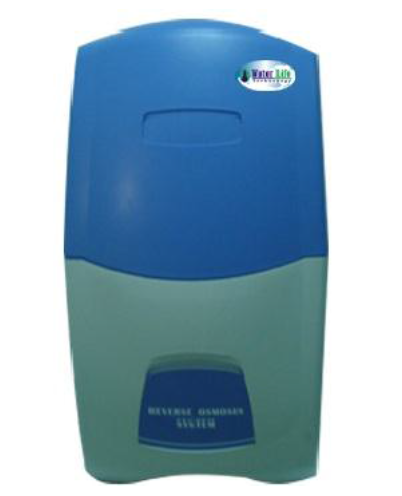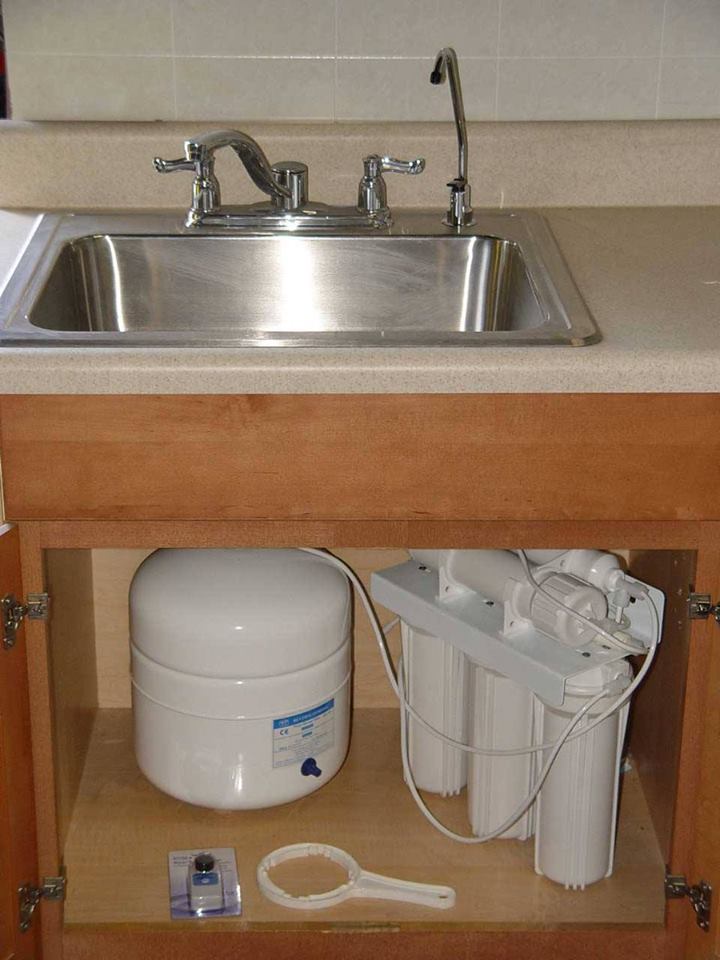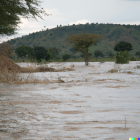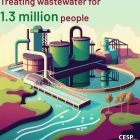Water desalination plant installed in Kibera level 3 hospital.
Kibera level 3 hospital has received a complete and running water desalination plant to provide the facility clean drinkable water for use. The plant was commissioned by Water CAS Andrew Tuimur and Health CAS Dr Rashid Aman on October 14, 2022.
This water desalination plant is among 28 other plants installed in other health facilities across the country. The plant is solar powered to keep cost of operation low.
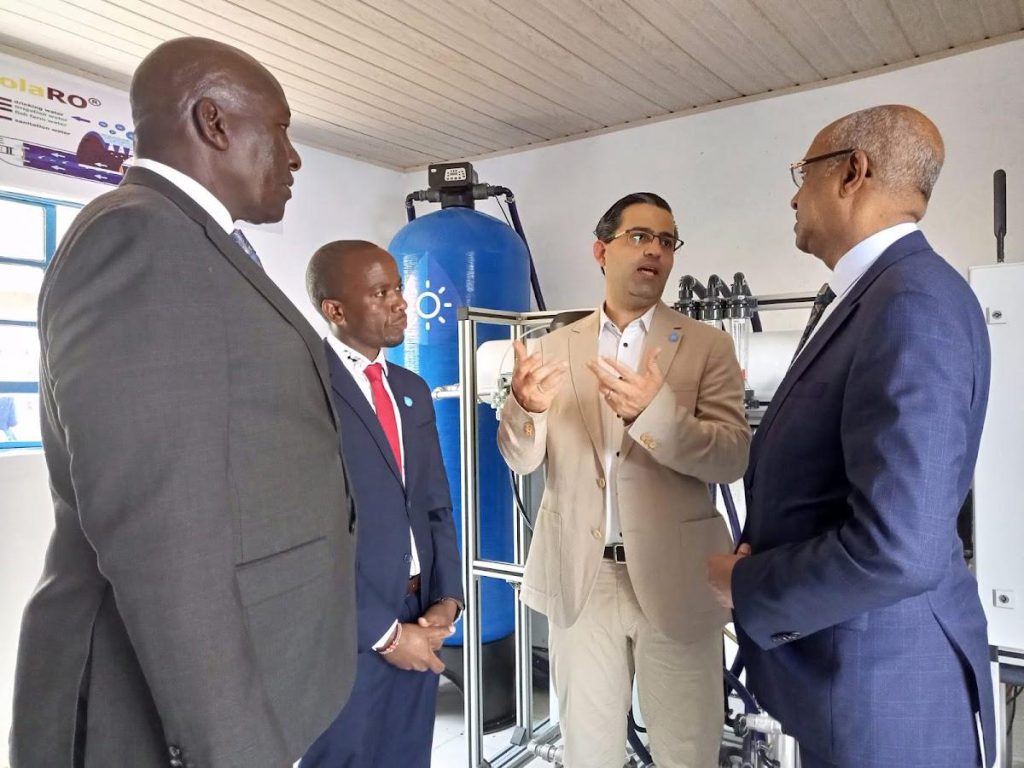
The project is expected to benefit six million people annually and create at least 52 direct jobs and 130 indirect jobs.
The project was initiated in 2020 at the height of the Covid-19 pandemic to support hospitals with clean drinking water after it was realised that potable water was a problem. The plant was installed at the facility by WaterKiosk, a new Nairobi-based company in partnership with DEG (a German company), Boreal Light and the German government.
“Apart from the health facilities facing a challenge accessing clean water for their renal unit, patients had challenges too,” WaterKiosk managing director Samuel Kinyanjui said.
“We have looked at all the gaps we have to fill to improve our health systems. a project like this contributes to that effort because we can provide clean water,” Health CAS Dr Rashid Aman said.
“We have looked at all the gaps we have to fill to improve our health systems. a project like this contributes to that effort because we can provide clean water,”
“The facility has a borehole that produces saline water containing chemicals. Kenyan water tends to be saline.
Health CAS Dr Rashid Aman
The solar desalinisation unit cleans it up to a high degree so water can be used in equipment for renal dialysis,” Aman said.
Nairobi has a water shortage and many estates have borehole water that also comes with high levels of fluoride
The water desalination system is a reverse osmosis filtration system similar to other systems that CESP Africa has installed. The plant operates by removing all dissolved and suspended elements and compounds from the water. The final product of the water desalination process is clean water without any impurities from bacteria, viruses and dissolved salts.



